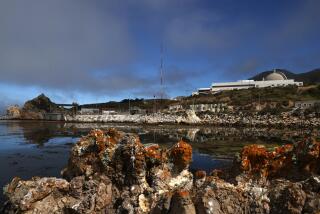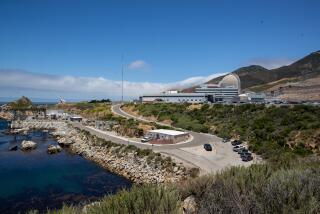Onofre Allegations
- Share via
On April 28, The Times published an article titled “Report Cites N-Plant’s High Repair Costs.” The article quotes a recent report issued by an anti-nuclear organization, Public Citizen.
The article alleges that “San Onofre’s three nuclear units recorded the highest operating and maintenance costs of plants operating during 1985 and 1986.” This is totally incorrect, regardless of whether one uses capacity (kilowatts) or energy (kilowatt hours) as a basis for deriving statistical averages.
In fact, Units’ 2 and 3 operating and maintenance costs are now better than the industry average. Operating and maintenance costs for all three units continue to trend downward.
The report also alleges that “repair costs for San Onofre Nuclear Power Plant’s Unit 1 electric generating facility were the highest in the nation from 1982 to 1986.” The truth is that more than $300 million was spent on safety-related improvements to the unit, all of which had been mandated by the federal Nuclear Regulatory Commission and approved by the California Public Utilities Commission.
These are not repairs, and do not indicate poor performance on Unit 1. Indeed, they will help to ensure the continued good performance of Unit 1.
The report also leaves out an important fact. The initial cost of Unit 1 in 1968 was only $88 million. Today a unit of that size would cost more than $1 billion. With this low initial cost, later expenditures to keep this unit up to grade with the latest safety standards can be justified, and the unit will continue to produce economic power.
Although not discussed in your article, the report does not speak to the economic and environmental impact of closing an operational nuclear power plant. It would be costly both in terms of dollars and additional pollution.
Power plants are built mostly with borrowed money, and it takes 30 years to recover these expenditures through rates. If a plant has been approved, under the law, for commercial operation, and is then prematurely forced to shut down, ratepayers would have to continue paying for the plant’s construction costs, plus replacement power costs, plus decommissioning costs.
R.G. LACY
San Diego Gas & Electric
More to Read
Sign up for Essential California
The most important California stories and recommendations in your inbox every morning.
You may occasionally receive promotional content from the Los Angeles Times.










